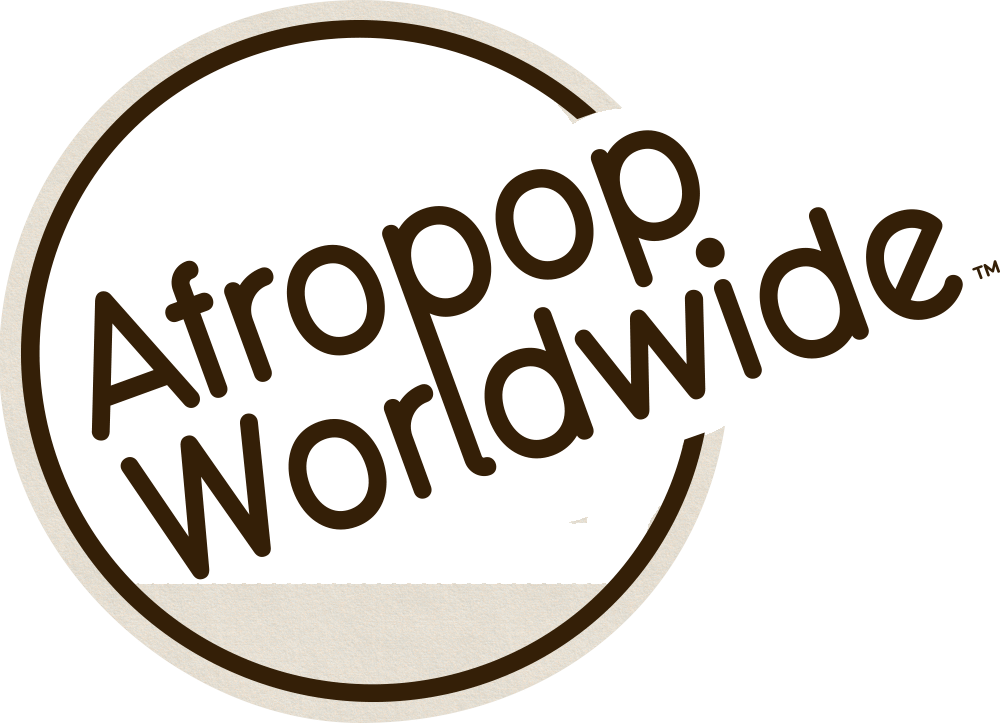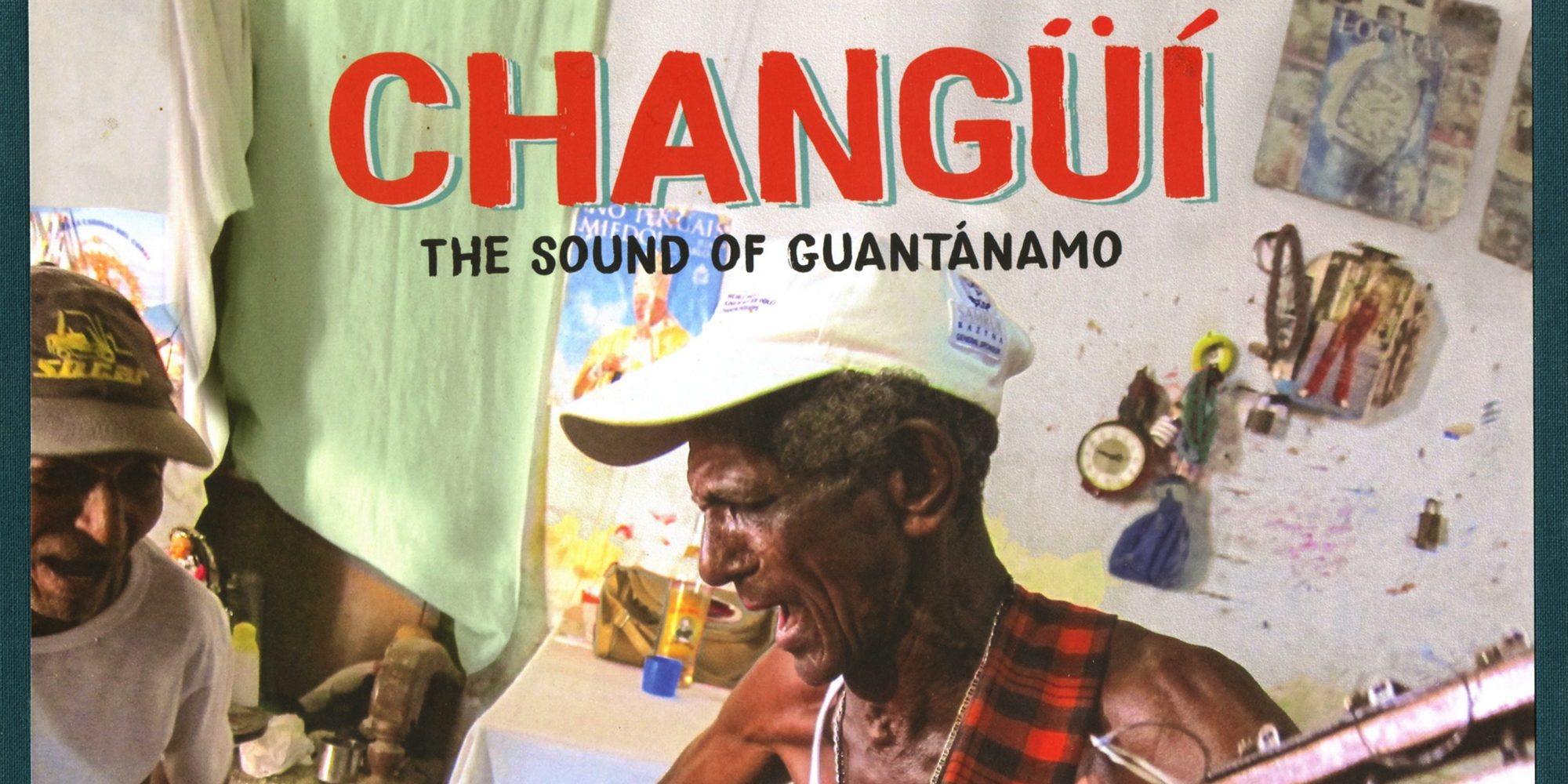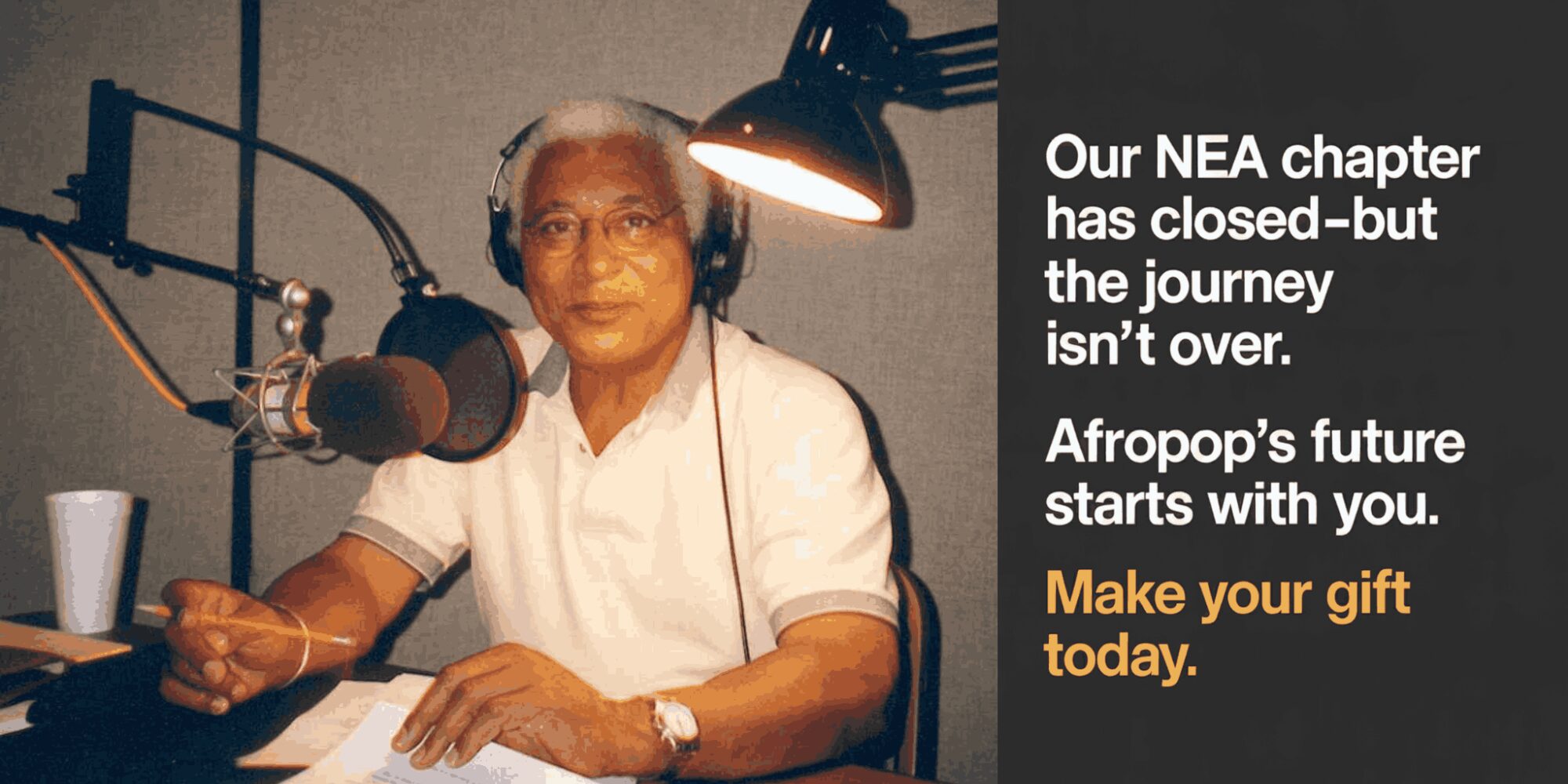Afropop Classic November 30, 2023
Changüí!
Gianluca Tramontana and Ben Lapidus reveal the story of Changüí, a music of Guantanamo in eastern Cuba.
Changüí is a little understood, loose and lively, community-based music of eastern Cuba. In this program we sample recordings from the 2021 box set Changüí: The Sound of Guantánamo, and hear from Gianluca Tramontana, the man who made the recordings. Rooted in Afro-Haitian music, pan-Caribbean styles, Spanish poetic traditions and more, Changüí emerged in the mid 19th century in plantations, not unlike the blues. We also hear from musician and scholar Ben Lapidus, author of the only English language book on Changüí, and we update the story with Changüí fusions into jazz, salsa and hip-hop. Prepare to dance! Produced by Banning Eyre
Related Audio Programs
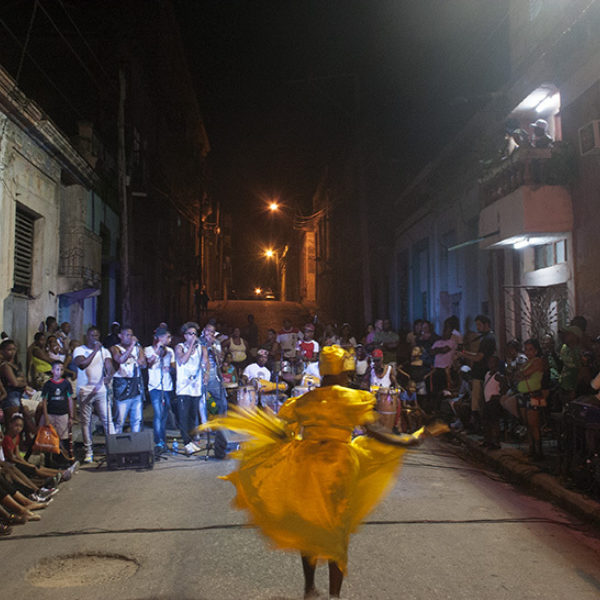
Hip Deep August 2, 2018
Ned Sublette takes a group of travelers, including you, to multiple sites in western Cuba to analyze the musical impact of what Ortiz called the "Cuban counterpoint" of tobacco and sugar.
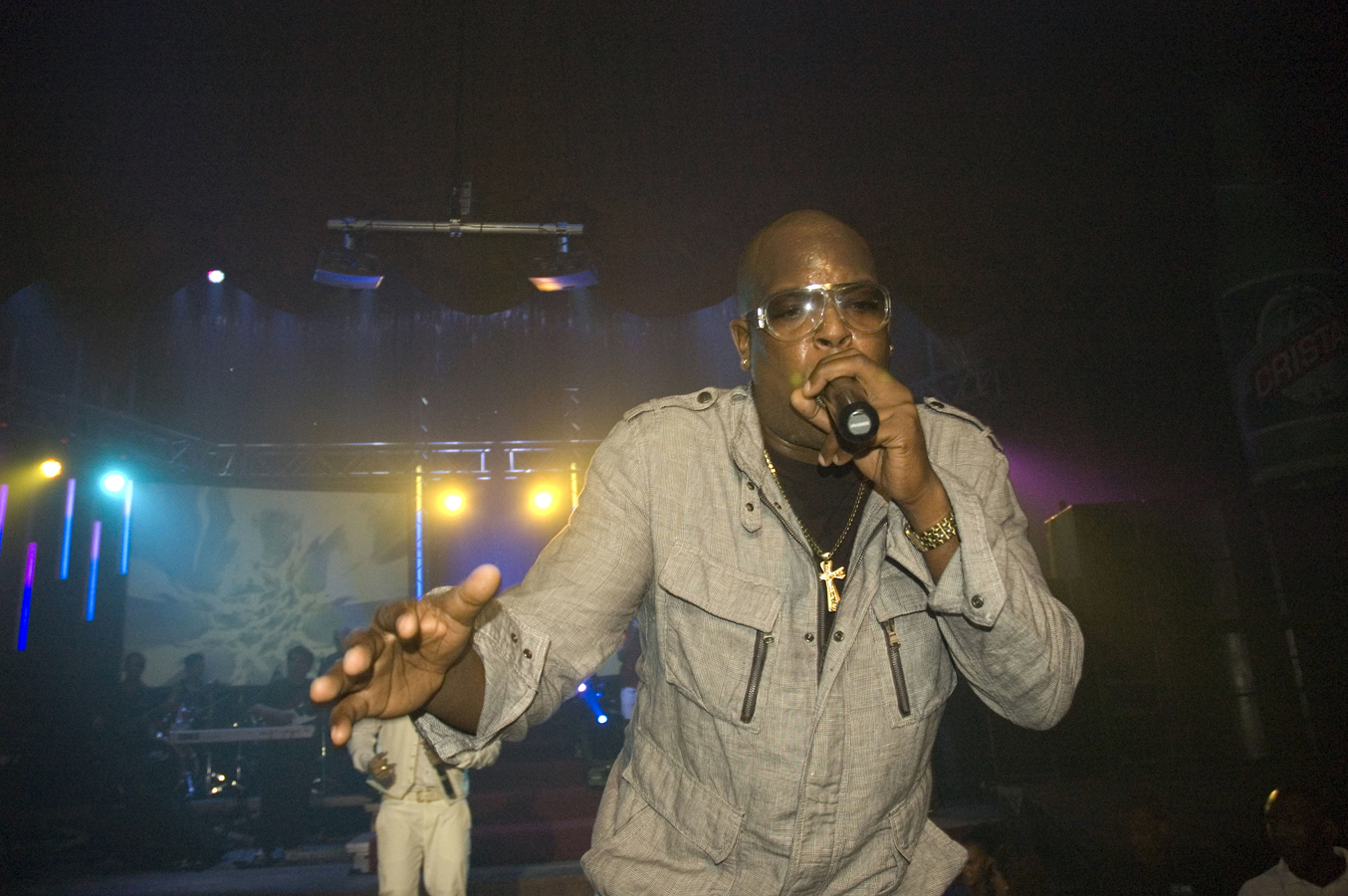
Afropop Classic March 17, 2016
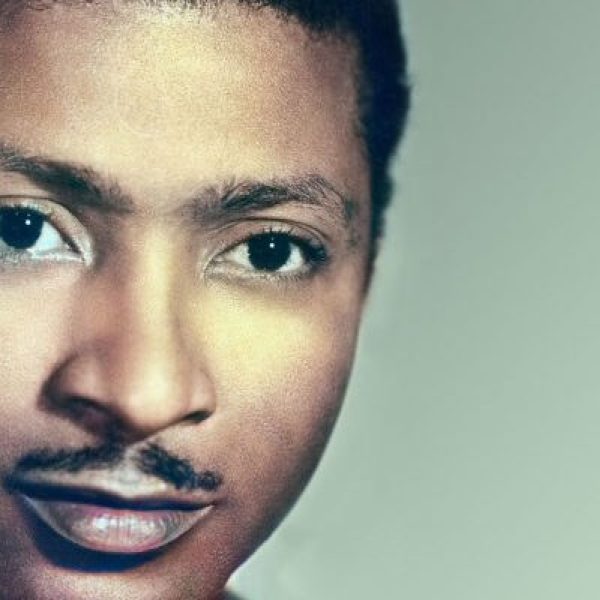
Afropop Classic October 2, 2025

